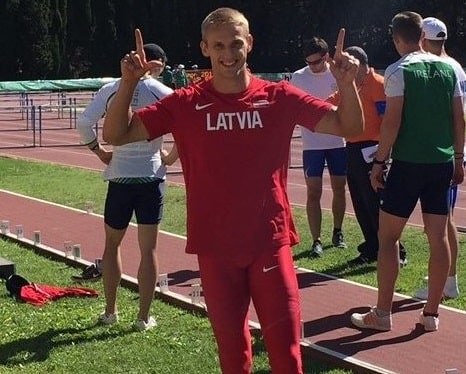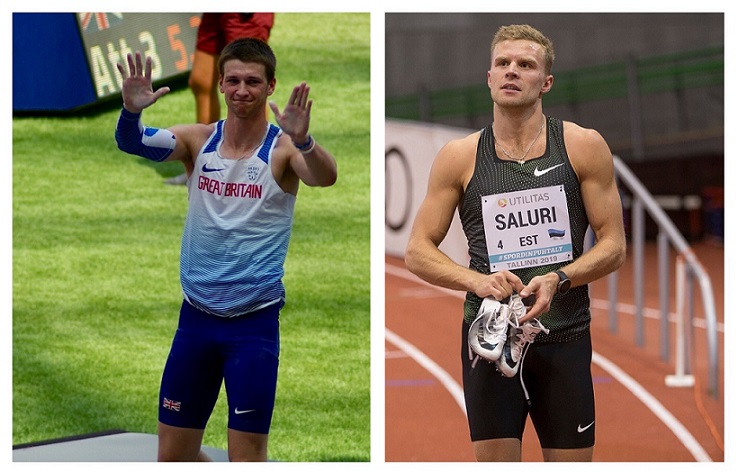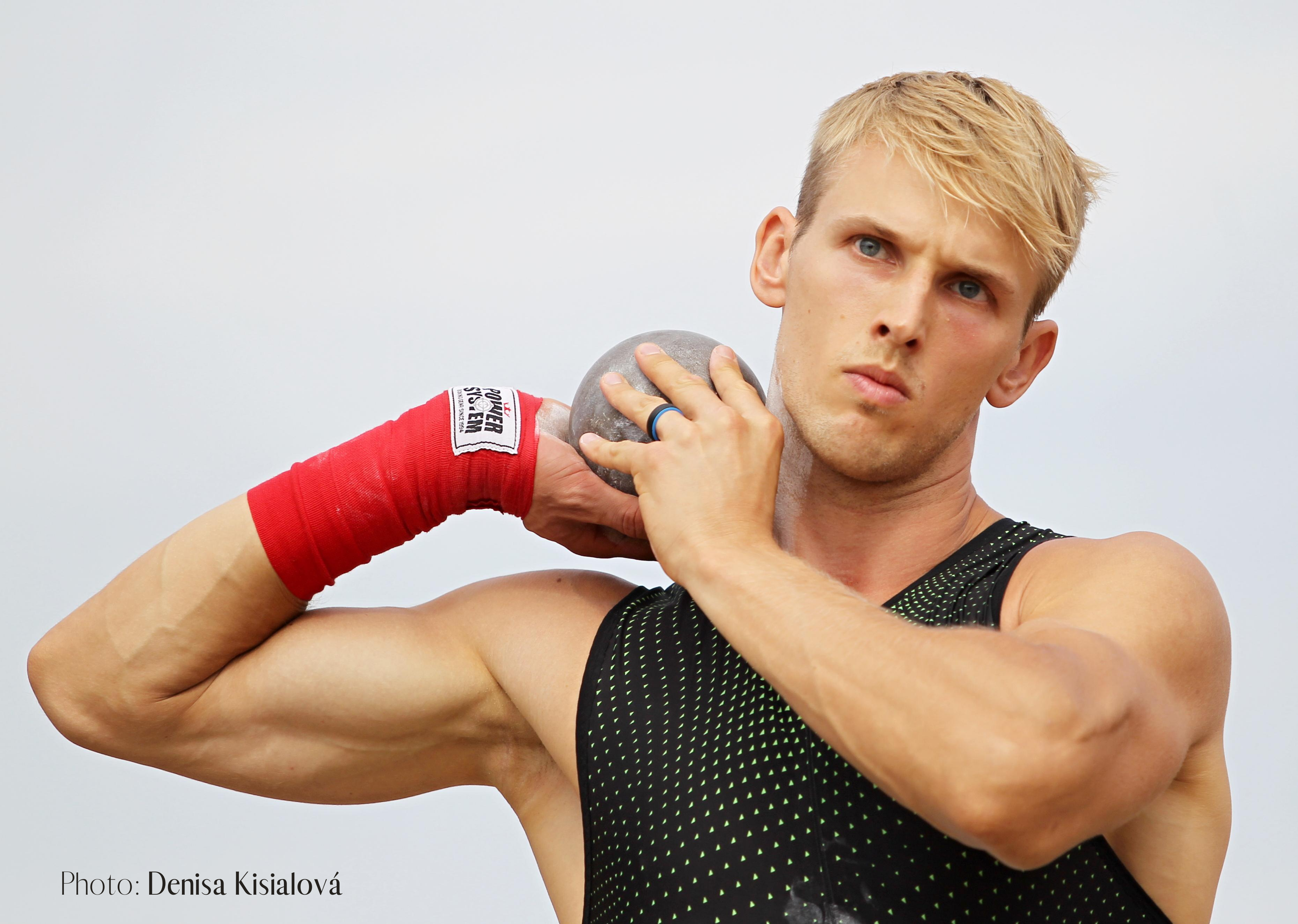Combined-events: base of athletics

Combined-event principle
Decathlon is a combination of running: fast, average speed and slow speed; jumping: horizontally and vertically; and throwing: overhead and otherwise. Is there another sport where all these elements are incorporated to seek a single bout of the maximal result in each area? I don’t think so.
This combined-event training manner encompasses pretty much every training variable measured in sports. To some, it sounds like the perfect mixture of a constant overtraining sport that surely isn’t healthy for the youth. However, in actuality, it is quite the contrary.
Early vs late specialization
Many track and field schools of thought have adopted the combined-event principle when training the youth. Schools such as the traditional Swedish, German, Czech, French, the old American and other schools of thought have started with game-type combined event training and specialized only relatively late in high school or even later. The old American school typically encourages young athletes to participate in many different sports, such as baseball (overhead throwing), basketball (jumping), football (acceleration, resilience), soccer (endurance) and other sports. I would still call that combined-event training.
The question is why? Why would somebody recommend training for so many different movements? How is that beneficial and healthy to a young developing athlete?
To many people it’s common-sense, however, it does not seem to be a common-knowledge. Early specialization produces early overuse injuries, early mental burnouts, and early ending of potential professional sports careers. Contrary to early specialization, the combined-event type of training produces a strong base for athlete’s development in the future rather than early overtraining. A tree is only as strong as its roots. What can be a better way to build strong roots for the high level athletics than starting with combined-event training that spreads its focus to all areas of physical and mental fitness, such as speed, endurance, strength, coordination, agility, balance, body control, rhythm, mobility, posture, jumping ability, throwing ability and more.
What has gone wrong?
Coaching youth track clubs in the U.S. opened my eyes to where people have gone wrong in their thinking. In recent years, doctors have reconstructed more ulnar collateral ligaments (Tommy John surgery) in teenagers than ever before. “Today, 57 percent of all Tommy John surgeries are done on kids between 15 and 19 years old." says former Major League baseball pitcher, Tommy John himself. Something really wrong must be going on if the man whose name is under a surgical intervention that reverses, once to be considered, “career-ending injury” is warning parents not to do the surgery. (1)
The sad part is that it’s not the only injury that has high rocketed in youth sports. Knees, ankles, shoulders, all of it due to bad advice and overuse. Why overuse? Because of the belief that more of the same movement in the same joints and the same angles over time will produce better, better and better results.
Athletes are humans. Humans are not limitless. A human body is connected by tissue. If you constantly beat up one area of the tissue (in this case: muscles, tendons, ligaments, joint capsules…) then it results in disbalances that turns into acute injuries, then possibly chronic injuries, then tissue experiences overload and finally rupture.
Yes, training adaptation requires sports specificity to a high degree. That precisely is the reason why no elite athlete has ever gone through their career without any overuse injury. It’s fine if you are 30 or 35 years old, but it’s not fine when you are 16 or 19 years old. Even elites athletes and their coaches know that off-load is necessary for their sport-specific movements. For example, javelin throwers training with the non-dominant arm, jumpers jumping with the non-dominant leg, sprinters doing block starts with each side etc.
General, multi-plane and multi-intensity training is necessary, to some degree, at all levels of development in the sport of track and field. For the youth, it should be the only focus rather than seeking quick increases in performance.
In the west youth sports are more competitive than ever before. It’s been taken very seriously, often at the expense of unnecessary injuries in the future. It is hard for young coaches and even parents resist the temptation of squeezing their kids at a young age to gain good results fast. Often financial aspects, scholarship opportunities, and peer pressure come in play and make this topic even hard to discuss. Waiting to become good can be very difficult. As hard as it seems, something must be done in order to keep the athletes healthy and allow them to have a high level and sustainable athletic careers.
What can be done?
A well-designed combined-event training is a great and sustainable base for any athlete to start with to enjoy the strong roots in the future when more specialized training must take place.





Comments